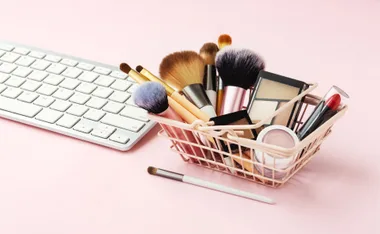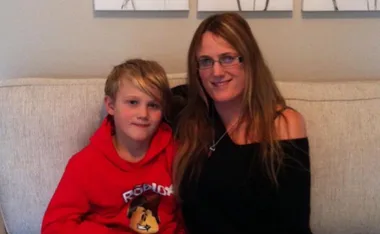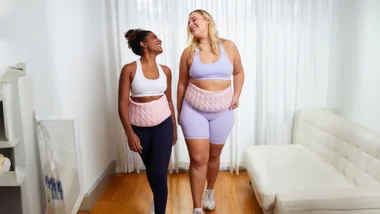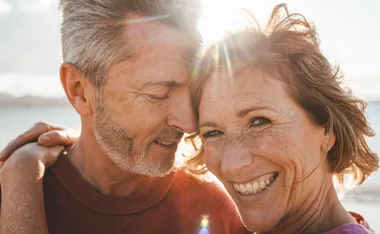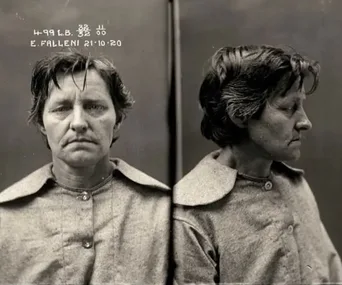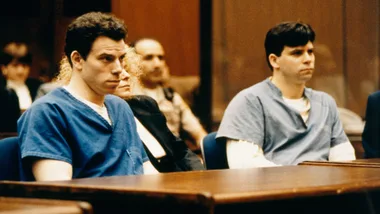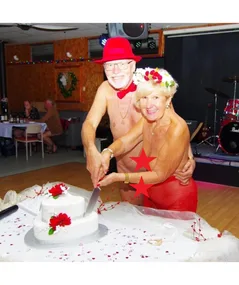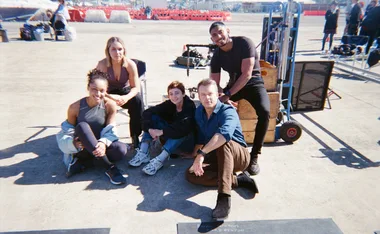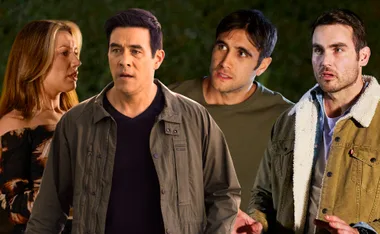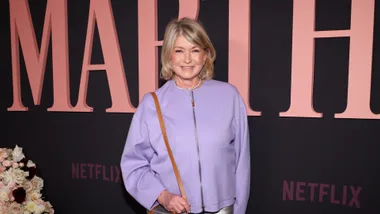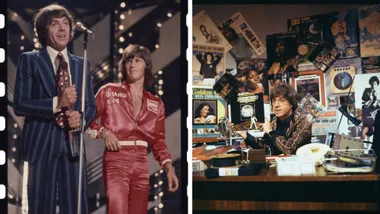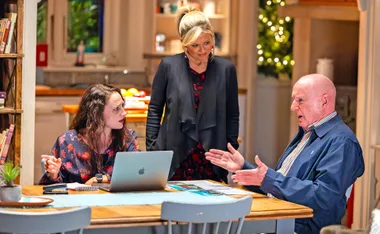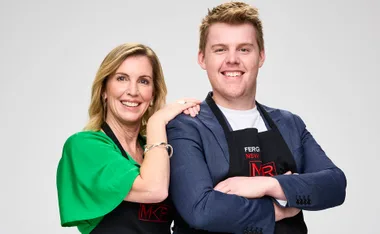We’ve spoken with some inspirational breast cancer survivors about their journeys. Plus don’t miss ‘Five things every woman should know about breast cancer’ below.
Tanya Downes felt the lump, as she was playing on the floor with her two young kids one Sunday morning in December 2007. “I really thought it was nothing,” she says. “But I knew it should be checked, so I went to my doctor… still completely expecting to be told it’s nothing to worry about. Instead she said: ‘I don’t like the feel of this, I think it should be investigated further’.”
Tanya, now 38, her husband Shane, 37 and their children Zali, 4 and Brandon, 6 live in Charters Towers, Qld, where they own and run a diesel mechanic business.
Tanya went home from her doctor’s appointment and phoned the clinic in Townsville where she’d been referred to, to have a mammogram and biopsy. But they couldn’t fit her in for four weeks.
“Shane said straight away: ‘That’s not right!’ and we agreed I’d try to get into Mackay instead – that meant a two hour drive to Townsville, then a one hour plane flight. But the clinic there said they could see me much sooner… so off I went.”
Tanya had a mammogram and a biopsy – and the results were that she did have breast cancer and because of the size of the lump, a mastectomy was the only option. She then had four months of chemotherapy.
Today Tanya declares she’s ‘in the clear’. However she still has a mammogram every 12 months, and sees her oncologist and breast surgeon every six months.
“I’ve actually decided to have the other breast off too, and two new ones!” Tanya explains.
“Because I am younger and the cancer had spread to my lymph nodes, there was a real chance it would recur.
“My kids are so little … I just feel I’ve got to do absolutely everything I can to make sure I’m here with them – and of course Shane, forever.”
Tanya – now a keen fundraiser for the Breast Cancer Network Australia – can even see positives.
“We’ve always been a close family, but we’re even closer now,” she says. “I love life so fully and realise that bad experiences open your eyes to all the good stuff that’s always there – but that we’re usually just too ‘busy’ to see.”
Melbournian Lisa Sewards, 44, was diagnosed with breast cancer four years ago – the same week as her 40th birthday celebrations!
Within two weeks she had surgery – at first a lumpectomy; then due to the type of cancer it was, a mastectomy was required and she had her lymph nodes removed.
Surgery was followed by five months of chemotherapy, the removal of her ovaries, and radiotherapy.
Throughout her treatment, Lisa realised how hard it all was for her husband Michael and especially their children Harrison, now 11 and Isabella, 7 to cope with too.
“So Harrison and I kept a journal together, with notes about how we were both feeling throughout my journey,” she explains.
“And it’s now been published as a not-for-profit book called: ‘My Mum Has Breast Cancer’.” It’s available from some bookstores, or can be purchased online from Cancer Council Victoria at: www.cancervic.org.au
Today Lisa says she is “happy and healthy” and an active community fundraiser for women’s health.
She adds: “We live in a country where despite who you are or where you live amazing support is available through organisations such as Breast Cancer Network Australia.”
If you or someone you love has been diagnosed with breast cancer, contact Breast Cancer Network Australia for a free My Journey Kit, on: 1300 78 55 62, or go to: www.bcna.org.au
Kylie – in 2005, the Aussie pop star was diagnosed with early stage breast cancer; from which she’s recovered.
Anastacia – this American superstar found a lump in her breast in 2003. She was diagnosed in January, responded well to treatment and given the ‘all-clear’ that June.
Cynthia Nixon – best-known for her role in “Sex and the City,” quietly battled breast cancer in 2006.
Rove McManus – Rove’s first wife, actress and singer Belinda Emmett put up an incredibly strong eight-year battle. But sadly she passed away in November 2006.
Olivia Newton-John – Olivia successfully battled breast cancer in the ‘90s, and is now a passionate campaigner for awareness
Nicole Kidman – movie star Nicole’s beloved mum Janelle is also a breast cancer survivor.
1. Your breast cancer risk increases with age
Increasing age is one of the strongest risk factors for developing breast cancer. Breast cancer can occur in younger women, but about three out of four breast cancer cases occur in women aged 50 years and older.
To calculate your personal level of breast cancer risk, visit National Breast and Ovarian Cancer Centre’s risk calculator at www.nbocc.org.au/risk.
2. Most women diagnosed with breast cancer will not die of the disease
The good news is that more Australian women are now surviving breast cancer than ever before. Overall, 88 per cent of women diagnosed with breast cancer today will be alive five years after their diagnosis. Twenty years ago 71 per cent of women diagnosed with breast cancer could expect to live five years after their diagnosis.
Early detection is vital to surviving breast cancer. Research shows 98 per cent of women whose breast cancers are detected early (when they are less than 10mm in size) will be alive five years after their diagnosis. Don’t let the fear of possibly finding breast cancer stop you from taking control of early detection.
3. No matter how old you are, get to know the normal look and feel of your breasts
This is important even if you are having regular screening mammograms, as breast cancer can develop in between mammograms. There’s no right or wrong way to check your breasts, no special technique to use and no right time of the month to check. Just check your breasts wherever and whenever works for you.
Changes in the breast to look out for include:
• a new lump or lumpiness, especially if it’s only in one breast
• a change in the size or shape of the breast
• a change to the nipple, such as crusting, ulcer, redness or inversion
• a nipple discharge that occurs without squeezing
• a change in the skin of the breast, such as redness or dimpling
• an unusual pain that doesn’t go away.
4. Women aged over 50 years should have regular screening mammograms
Mammography screening is the best method of early detection available for women aged 50 years and over. International studies have shown mammography screening reduces deaths from breast cancer by approximately 25-30 per cent among women aged 50-69 years – the target age group for the BreastScreen Australia program.
To make an appointment for a free screening mammogram, call BreastScreen Australia on 13 20 50 for the cost of a local call anywhere in Australia.
5. If you are diagnosed with breast cancer, National Breast and Ovarian Cancer Centre is a great source of information
A breast cancer diagnosis can be a confronting and confusing time for a woman and her family. National Breast and Ovarian Cancer Centre provides a comprehensive range of resources free of charge to help women and their families through every stage of the cancer journey including:
• Guide for women with early breast cancer
• Cancer – how are you travelling?
To order printed resources visit www.nbocc.org.au/resources or phone 1800 624 973. For online information about breast cancer, visit www.nbocc.org.au.
Newsletter conversion description. Get the latest in your inbox.



.png?resize=380%2C285)
.jpg?resize=380%2C285)




.png?resize=380%2C285)












